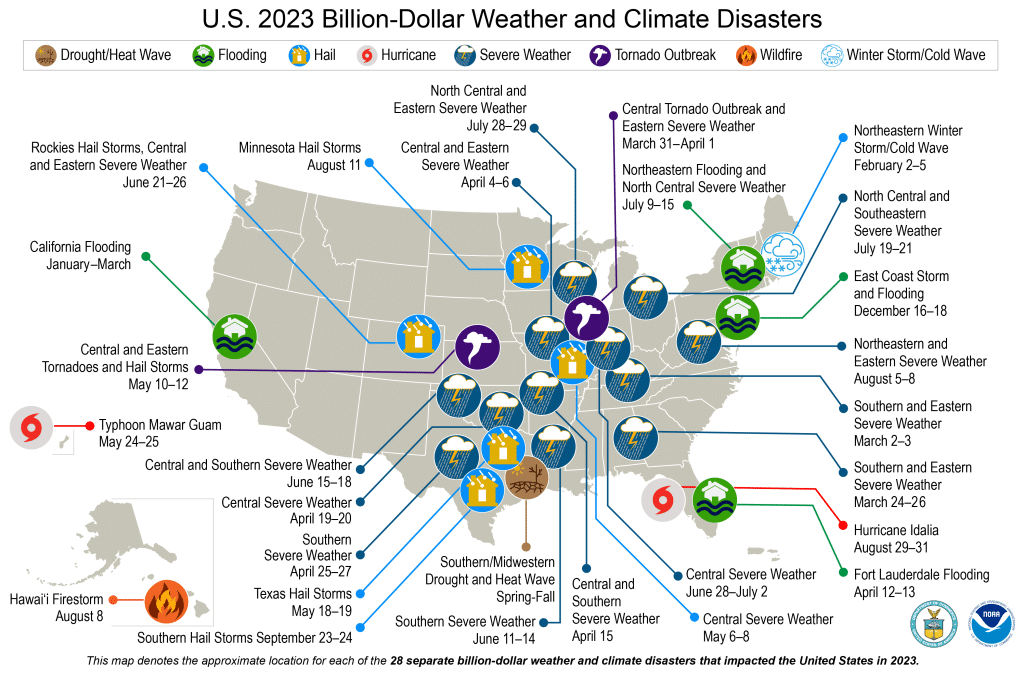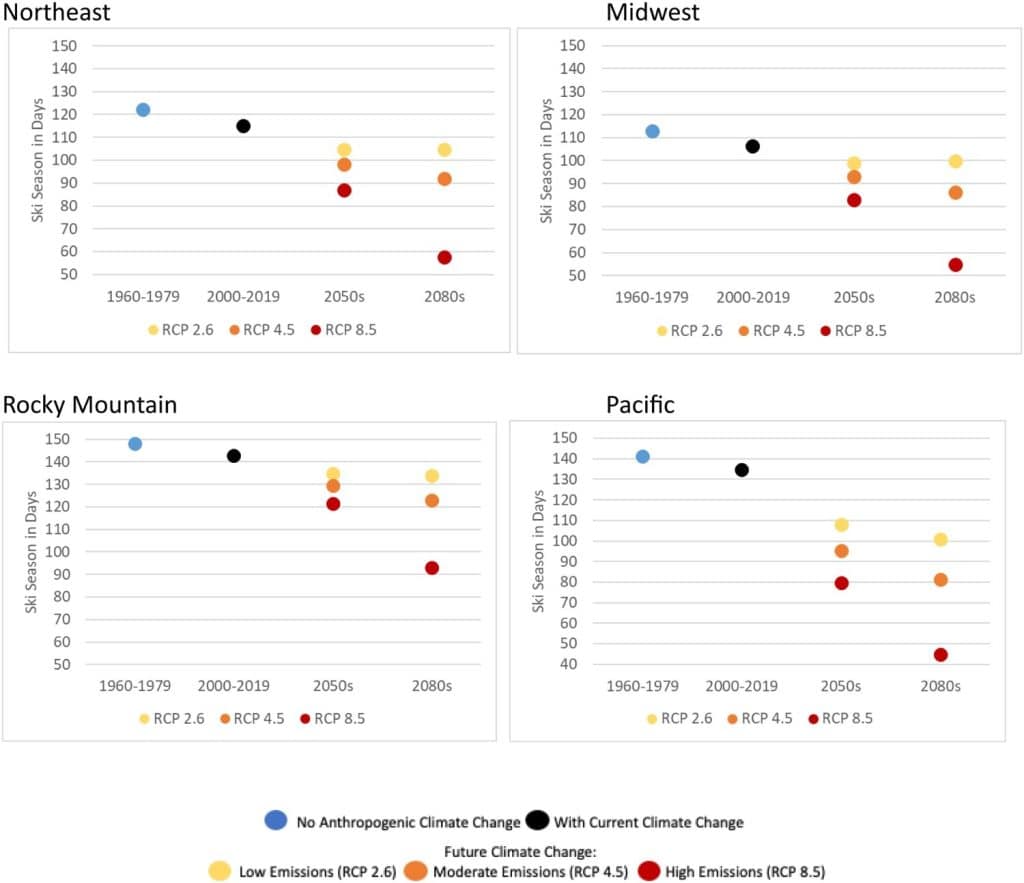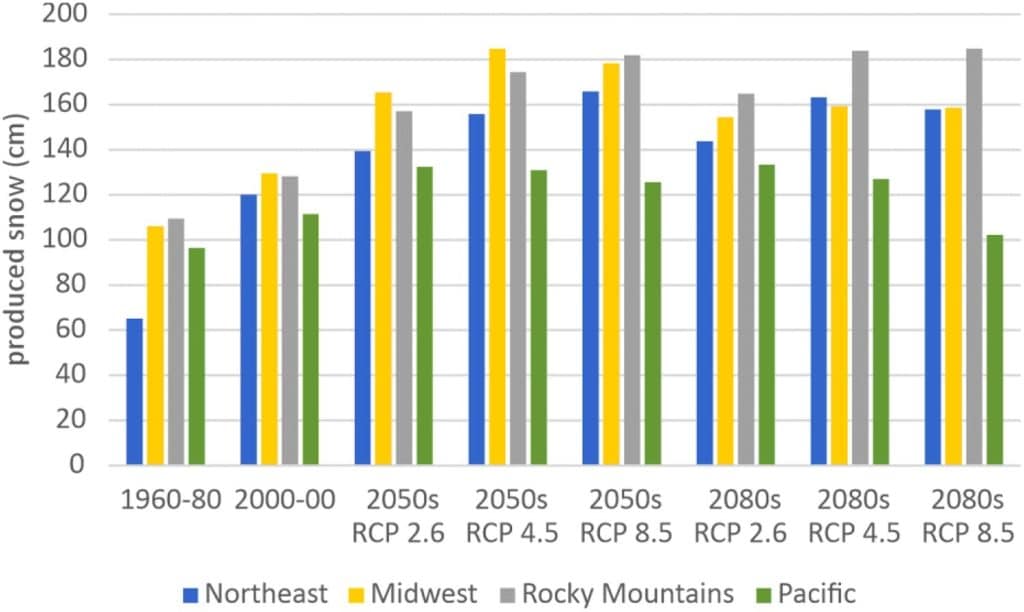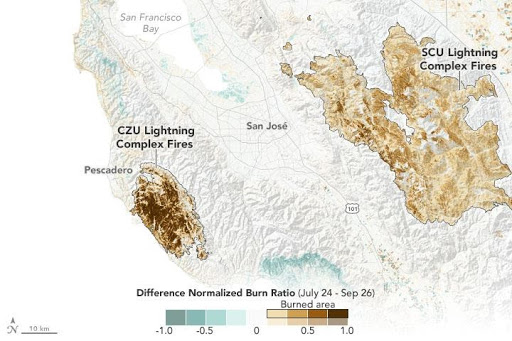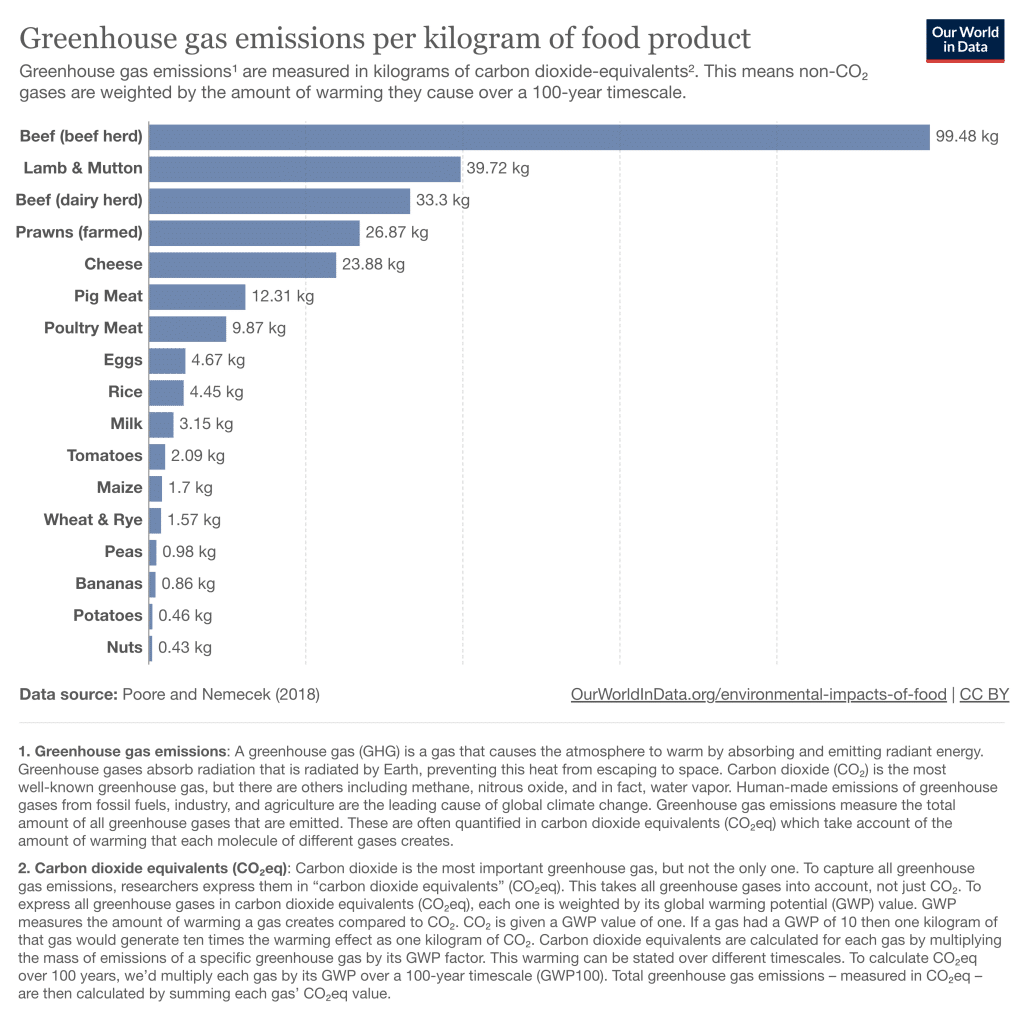The mass coral bleaching event, the second in the past decade, comes amid relentlessly rising global sea temperatures.
—
At least 53 countries have been experiencing mass bleaching of coral reefs since early 2023 in response to rising ocean temperatures, scientists have confirmed.
In a joint press release on Monday, the US National Oceanic and Atmospheric Administration’s (NOAA) and the International Coral Reef Initiative (ICRI) – a partnership of 101 international nations and countries to perverse reefs around the world – confirmed that the world is undergoing its fourth global coral bleaching event, the second in the past ten years.
“From February 2023 to April 2024, significant coral bleaching has been documented in both the Northern and Southern Hemispheres of each major ocean basin,” said Derek Manzello, coordinator of NOAA’s Coral Reef Watch (CRW). Among the 53 regions where coral bleaching has been confirmed so far are Florida, Eastern Tropical Pacific nations including Mexico, El Salvador, Costa Rica, Panama, and Colombia, and Australia.
Rising Temperatures
The event is directly related to rising sea surface temperatures, which last month reached a new record high of 21.07C, the highest monthly value since records began.
Seas warmed last year in response to the return of El Niño, a weather pattern associated with the unusual warming of surface waters in the eastern equatorial Pacific Ocean. However, the trend has continued well into 2024, despite signs that El Niño is gradually weakening.
“We had seen El Niño conditions before, so we expected higher surface temperatures because the Pacific ocean releases heat. But what happened in 2023 was nothing close to 2016, the second-warmest year on record. It was beyond anything we expected and no climate models can reproduce what happened. And then 2024 starts, and it gets even warmer. We cannot explain these [trends] yet and it makes scientists that work on Earth resilience like myself very nervous,” Professor Johan Rockström, Director of the Potsdam Institute for Climate Impact Research, told Earth.Org in a recent interview.
Disappearing Ecosystems
Coral reefs are extremely important ecosystems that exist in more than 100 countries and territories and support at least 25% of marine species; they are integral to sustaining Earth’s vast and interconnected web of marine biodiversity and provide ecosystem services valued up to $9.9 trillion annually. They are sometimes referred to as “rainforests of the sea” for their ability to act as carbon sinks by absorbing the excess carbon dioxide in the water.
Unfortunately, reefs are disappearing at an alarming pace. According to the most recent report by the Global Coral Reef Monitoring Network (GCRMN), the world has lost approximately 14% of corals since 2009.
While coral bleaching can be a natural process that occurs due to rising oceans temperatures in the summer months or during natural weather phenomena such as El Niño, a rise in marine heatwaves linked to human activities has led to more frequent and larger bleaching events globally.
One of the best examples of coral bleaching is the Great Barrier Reef, the world’s largest and longest reef system located off the coast of Queensland, Australia; it covers about 350,000 square kilometres – an area that is larger than the UK and Ireland combined. The stunning coral reef system has already suffered six mass bleaching events in 1998, 2002, 2016, 2017, 2020, and 2024. The events in 2016 and 2017 were so severe that they led to the death of 50% of the iconic reef.
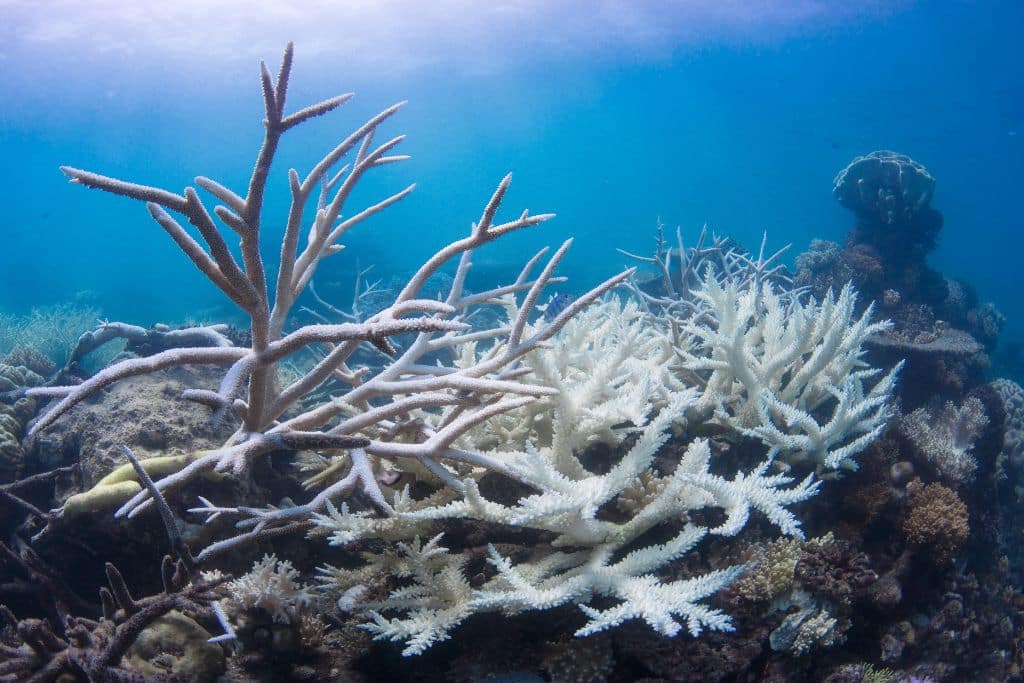
Aside from Australia, coral death has been particularly pronounced in regions such as South Asia, the Pacific, East Asia, the Western Indian Ocean, The Gulf, and Gulf of Oman.
More on the topic: Australia Confirms ‘Widespread’ Bleaching Event Across Great Barrier Reef, Blames Rising Ocean Temperatures
While a coral bleaching event does not automatically result in corals’ death, they increase these ecosystems’ vulnerability to marine disease and starvation, which could eventually lead to mortality. The longer corals are bleached under various stresses, the more difficult it will be for algae to return.
“As the world’s oceans continue to warm, coral bleaching is becoming more frequent and severe,” Manzello said. “When these events are sufficiently severe or prolonged, they can cause coral mortality, which can negatively impact the goods and services coral reefs provide that people depend on for their livelihoods.”
The latest data should be a wake-up call for countries and requires an immediate response on a global, regional, and local level, NOAA and ICRI said in Monday’s press release.
“We are on the frontlines of coral reef research, management, and restoration, and are actively and aggressively implementing the recommendations of the 2019 Interventions Report,” said Jennifer Koss, director of NOAA’s Coral Reef Conservation Program (CRCP).
Featured image: Underwater Earth / XL Catlin Seaview Survey / Christophe Bailhache..
This story is funded by readers like you
Our non-profit newsroom provides climate coverage free of charge and advertising. Your one-off or monthly donations play a crucial role in supporting our operations, expanding our reach, and maintaining our editorial independence.
About EO | Mission Statement | Impact & Reach | Write for us










